Development and Early Years (1980-1990)
Stoneridge Shopping Center opened in Pleasanton, CA, in 1980. Developer A. Alfred Taubman, known for other regional projects like Eastridge Mall in San Jose and Hilltop Mall in Richmond, oversaw the construction. The mall became part of a larger, master-planned community developed by Stoneson Development Corporation.
The original anchor stores included JCPenney, Macy's, and Emporium-Capwell. Macy's took the prime position, reflecting the department store's expanding presence across California in the early 1980s. JCPenney, established as a steady retail chain nationwide, drew consistent foot traffic from surrounding suburbs.
In 1990, Nordstrom joined the lineup, enhancing the mall's draw. That same year, Emporium-Capwell rebranded as Emporium. The retail center remained a key shopping destination for residents in Pleasanton and nearby cities like Dublin and Livermore.
Stoneridge Shopping Center quickly became one of the top options for things to do in Pleasanton, CA, especially for retail experiences and casual dining.
During its first decade, Stoneridge positioned itself as a central retail hub for the growing East Bay suburban population, effectively balancing established department stores with newer retail trends.
Ownership Changes and Management (1990-2007)
Taubman Centers converted into a real estate investment trust in 1992. By 1998, the GM Pension Trust had acquired full ownership of Stoneridge Shopping Center while keeping Taubman as the manager.
This period marked the mall's shift from a local property to an asset managed by large investment entities focused on maximizing returns.
In 2004, GM Pension Trust sold a half-interest in the mall to The Mills Corporation, a developer and operator specializing in outlet and value retail centers.
Mills took over management and integrated Stoneridge into its portfolio. This change led to strategic discussions about increasing foot traffic through potential expansions and redevelopment.
Simon Property Group, already a major player in retail real estate, acquired The Mills Corporation in 2007. The acquisition folded Stoneridge Shopping Center into Simon's extensive network, giving the mall access to broader leasing and marketing resources.
The move also positioned the center for future enhancements, with Simon's expertise in high-end retail properties guiding decisions.
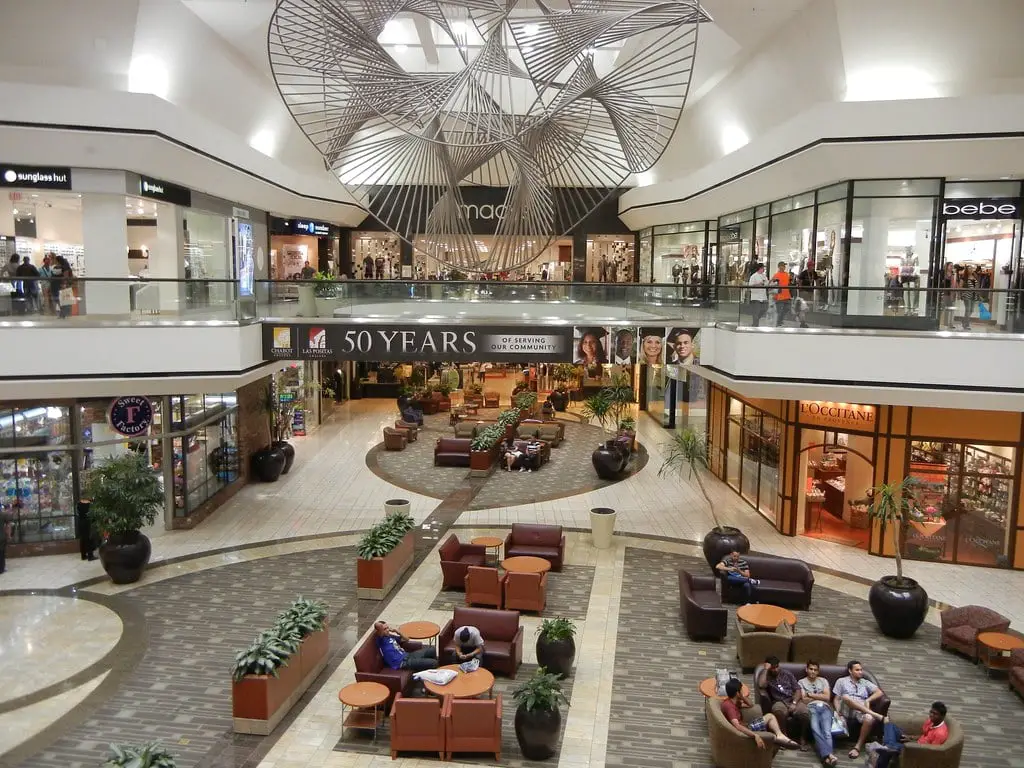
Expansion Plans and Limited Execution (2005-2010)
In 2005, Mills announced plans to upgrade Stoneridge Shopping Center. The blueprint included relocating Nordstrom to a smaller, newly constructed space and adding new stores, restaurants, and even a cinema. The proposal aimed to modernize the shopping experience, aligning it with evolving retail trends.
However, only portions of these plans materialized. In 2006, The Cheesecake Factory and P. F. Chang's opened as standalone restaurants outside the main mall structure.
These additions were well-received but fell short of the comprehensive redevelopment initially envisioned. The recession that followed in 2008 further hindered ambitious projects, leading to delays and scaled-back investments.
Despite the setbacks, Stoneridge Shopping Center maintained its status as a leading retail destination in the East Bay. Nordstrom's relocation never happened, and the mall continued operating with its existing structure largely unchanged, showing that while new development was envisioned, execution lagged behind market shifts.
Decline of Traditional Retailers (2018-2020)
By late 2018, retail was in a tough spot, especially for stores that relied on the older department store model.
Sears, one of Stoneridge's anchors, announced its closure as part of the chain's nationwide bankruptcy plan. The store finally closed in January 2019, leaving a large gap in the mall's footprint.
The trend didn't stop there. In May 2020, Nordstrom closed its Stoneridge location, citing economic challenges driven by the COVID-19 pandemic. This move was part of Nordstrom's broader strategy to shutter underperforming stores across the country.
The closure marked a turning point, reinforcing how digital competition and shifting consumer preferences were reshaping traditional shopping centers.
These closures left empty spaces where reliable foot traffic once flowed. Retailers like Sears and Nordstrom had anchored Stoneridge for decades, and losing them highlighted how mall dynamics were changing.
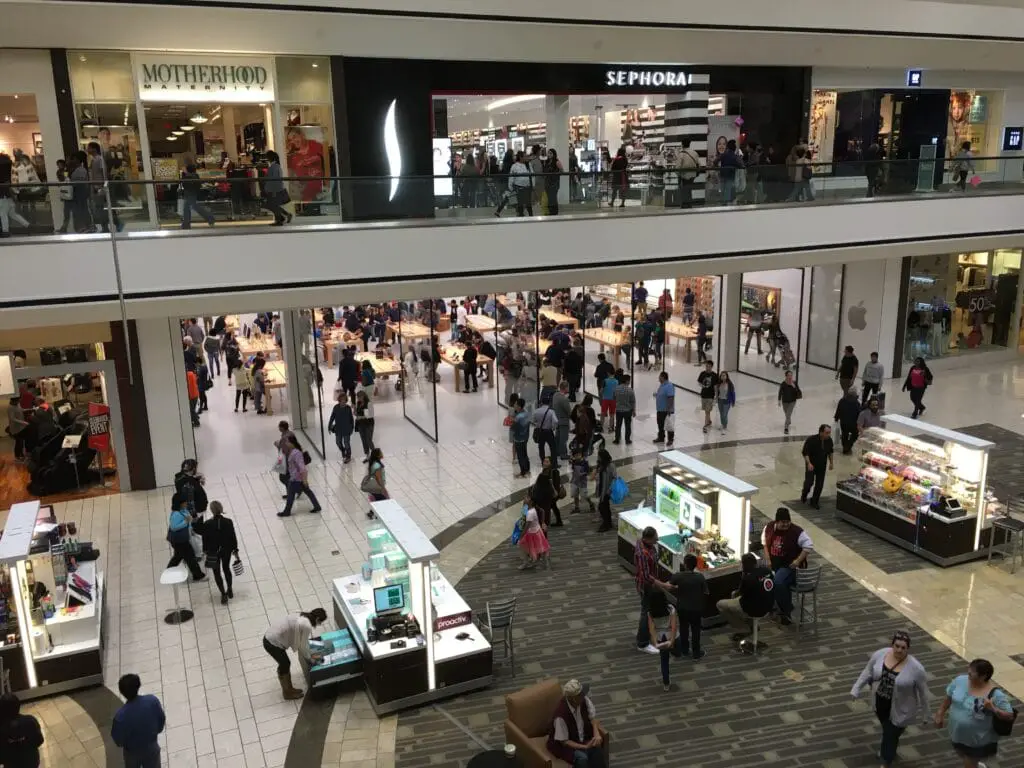
Redevelopment Proposals and Community Response (2021-2023)
In 2021, with large parts of the mall sitting empty, redevelopment discussions took on new urgency. The idea was to pivot from purely retail use to a mixed-use model, blending housing, entertainment, and public spaces into the existing structure.
The city and developers began floating proposals that included new residential units, aiming to turn the area into more of a community hub than a traditional mall.
Throughout 2022 and early 2023, the Pleasanton City Council held public meetings and workshops to gather input on how to proceed.
Many residents expressed concerns over potential traffic increases and the impact on local infrastructure, while others saw the redevelopment as a chance to breathe new life into an aging property.
The council approved a framework in early 2023 that would allow the development of up to 1,170 housing units, along with updated retail and commercial space. This decision didn't come easily - traffic concerns remained a hot topic, especially for residents near the mall.
Still, with BART access and major highways nearby, the location offered unique advantages for a mixed-use development that could serve a broader purpose in the community.
New Housing Development Approved at Stoneridge Shopping Center (2023-2024)
In March 2023, the Pleasanton City Council approved a 360-unit multi-family housing development at Stoneridge Shopping Center.
This decision marked a pivotal step in the center's ongoing transformation from a traditional mall to a mixed-use development. The approved project will include a 5.5-story apartment complex and a parking structure.
The complex, located on the southeast corner of the shopping center, will occupy 6 acres and feature 58 below-market-rate units. These units are part of the city's Inclusionary Zoning Ordinance, which mandates that at least 15% of new multi-family projects offer affordable housing.
The project also includes two ground-level courtyard spaces, a rooftop deck, and 230 bicycle spaces. Additionally, 800 parking spaces will be removed from the mall itself, but 475 spaces will remain.
Simon Property Group, which owns 60% of the shopping center, spearheaded the development. This project is part of a broader plan to convert inward-focused mall spaces into outward-facing community areas.
The design emphasizes street presence and pedestrian connections along Stoneridge Mall Road, aligning with modern urban development trends.


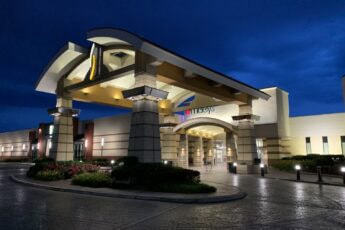
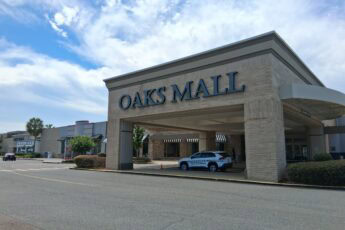
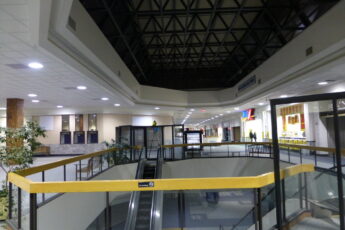
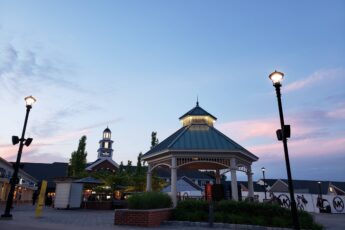

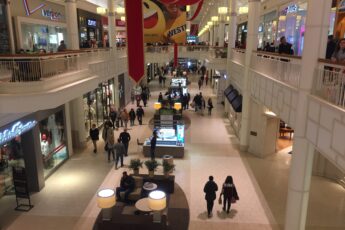
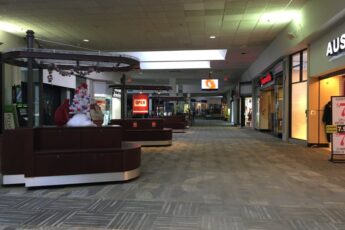
The Mall at Stoneridge in Pleasanton we need Nordstrom back .
We loved our Mall if Macys closes there would be no reason to go there again .
We are already driving back to Walnut Creek to shop again.
We have enough housing.
I completely understand! It’s sad when malls lose iconic stores, but I hope they’re working on bringing in something just as appealing to keep the community shopping locally.